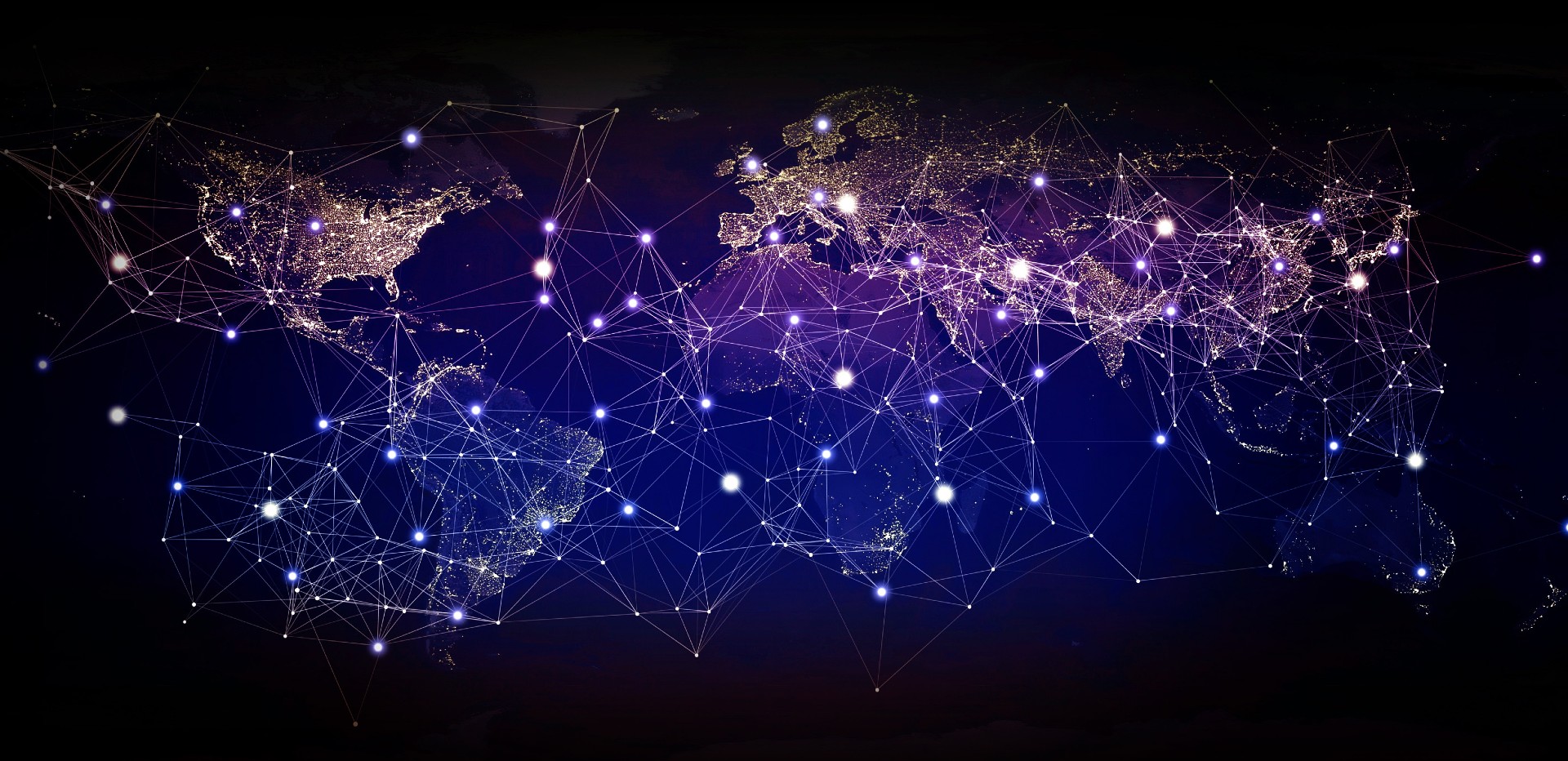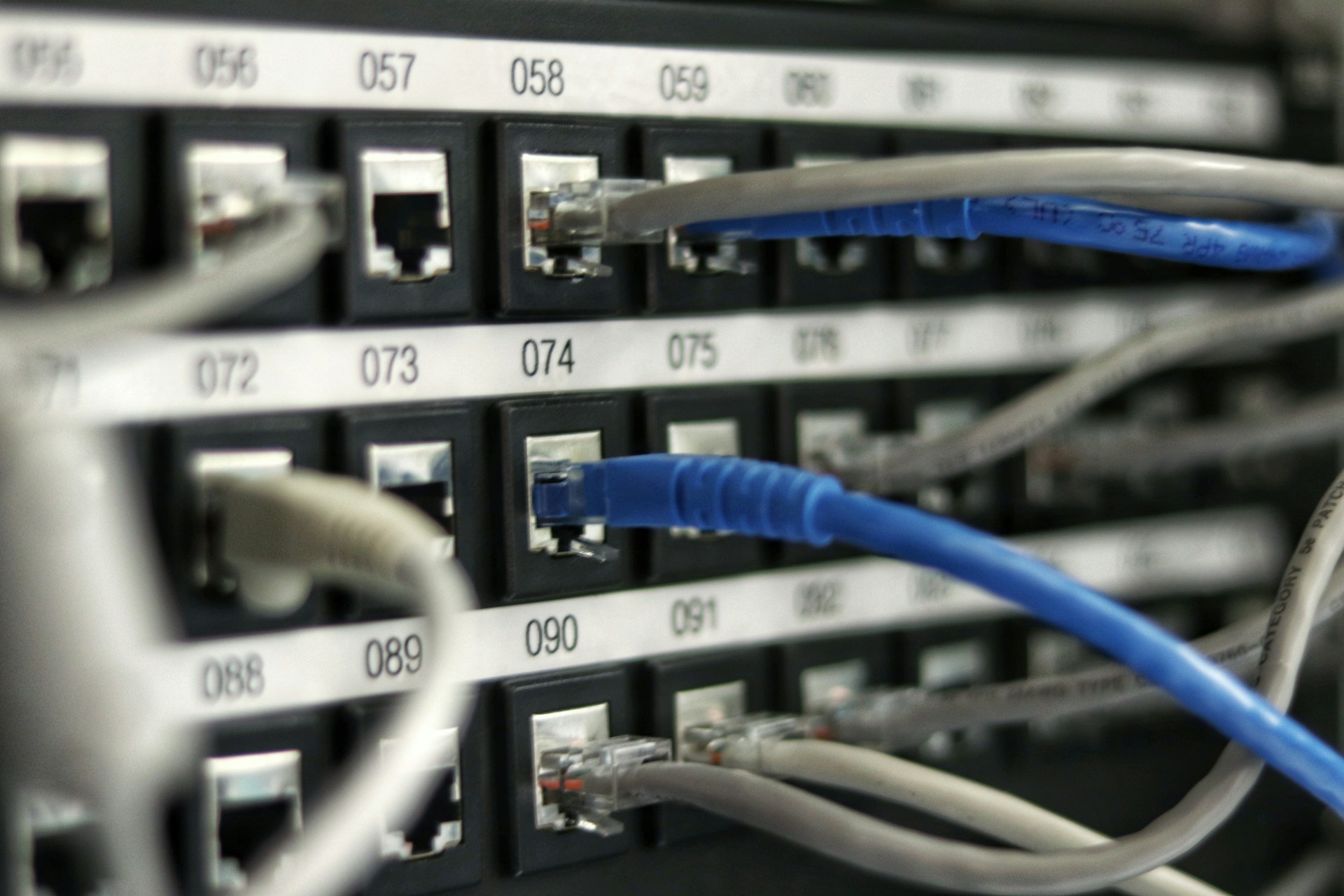
What Impact Will the IoT and AI Have on Manufacturing Jobs?
September 29, 2020 - Emily Newton
Revolutionized is reader-supported. When you buy through links on our site, we may earn an affiliate commission. Learn more here.
Ubiquitous internet, edge computing, automation and machine intelligence are some of the most impactful technologies in the world today. This was true before the outbreak of a global pandemic, and it’s even more true now. As national and world economies reopen and reshape themselves, these Industry 4.0 technologies will only become more important in manufacturing jobs.
The major question now is what effect the widespread adoption of pandemic-friendly technologies — like automation, the IoT and AI — will have on the working class. In manufacturing, years-long economic trends, the arrival of a pandemic and the coming-of-age of powerful tech create an uncertain future for working people.
Thankfully, that uncertainty looks to be tempered by plenty of opportunities for employers and employees alike.
The Momentum Behind IoT and AI
One of the upsides of the COVID-19 pandemic is that enterprises everywhere are discovering some of the best ways to do more work with less material, labor and time. That means leveraging technologies like automation, the Internet of Things and artificial intelligence.
As the pandemic spread through every country on Earth, sales of Industry 4.0 technologies rose proportionately. It’s a longer-running trend than this, however. Between 2013 and 2018, the number of industrial robots in operation skyrocketed by 65% to reach 2.4 million units.
Before the pandemic crisis, it was common to see headlines predicting the shedding of millions of jobs at the hands of automation. Others minimized the risk. The inconsistency resulted in a confusing and inconsistent analysis of the coming years.
For instance, McKinsey predicted in 2017 that up to 30% of all jobsite activities would be automated by 2030. The World Economic Forum has distributed similar numbers, predicting that, by 2035, automation could displace between 35% to 50% of jobs in industries with “high automation potential.”
The economic reality of COVID-19 has changed some of this calculus. In the U.S., unemployment rose faster in three months of coronavirus lockdowns than in two full years of the Great Recession. It’s not automation taking supply chain and manufacturing jobs from the working class — it’s a different kind of threat altogether.
Automation Spurring the Pandemic Recovery
The ongoing public health crisis forces manufacturers and their employees to look at automation in a different light. Despite economic downturns and widespread financial hardships, the BLS reported in June 2020 that payroll was on the rise again across the country. Unemployment was dipping back toward 11% after peaking at close to 16% in May.
Artificial intelligence, IoT and automation are part of the reason for the rebound. Instead of a threat to workers’ livelihoods, Industry 4.0 has emerged as the best hope for economic recovery.
Jobs Opportunities and Fallout From Industrial IoT and AI
The primary reasons for the rise of industrial automation, AI and IoT during the present crisis are to keep operations moving and ensure workers are safe and healthy. For example:
- In logistics, robots can protect workers from close contact with one another, pick and stow merchandise efficiently and move materials quickly without a lot of foot traffic.
- In hospitals, automated cleaning robots keep floors clean. Then, sanitation workers can focus on higher-priority tasks and high-touch areas that serve as viral vectors. They can also efficiently scan for signs of fever and triage incoming patients.
- The Internet of Things monitors industrial processes continuously for throughput and safety, with limited human intervention.
- Data-gathering and analysis using artificial intelligence help balance demand with available labor. Then, people can study trends and anticipate future workloads.
Automating key industrial processes won’t necessarily come at the expense of human jobs and livelihoods. In 2019, Interact Analysis predicted that cobots — collaborative robots — will represent 30% of all robotics sales by 2027. The design and function of cobots stress the mutual benefits of flesh-and-blood employees working alongside robots.
In a situation with limited personnel on hand due to furloughs, closures and staggered shifts, cobots can move materials or hold heavy workplaces steady. They safely assist with tasks that required multiple team members before technology provided a different way.
Maintenance sees a boost from IoT and AI as well. Instead of spreading a crew too thin or waiting for an asset to fail, connected and intelligence manufacturing infrastructure can collect data and analyze its performance continuously. Parts replacements and other maintenance issues become proactive and even predictive in nature, with fewer dedicated staff members required.
Even something as unassuming as an RFID tag creates a host of opportunities for process enhancement. It can automate, synchronize, streamline and improve critical processes in the workplace. Using RFID-based IoT systems for inventory tracking delivers substantial improvements in inventory count accuracy, sometimes up to 27%, while eliminating cycle counts entirely.
Opportunities for Everyone
Both pre- and post-COVID, conventional wisdom seemed to be that adopting IoT and AI could only cost human jobs. The emerging case studies paint a different picture. It’s common for even relatively small businesses, like an automotive parts manufacturer, to adopt AI, IoT and automation and keep all employees.
Numerous case studies position automation — both before and after the pandemic — as an opportunity for employers and workers alike.
A manufacturer that invests in AI-powered machine vision inspection gets a faster, more accurate and virtually defect-free inspection process. In exchange, the company can reskill the workers who previously owned these tasks and give them higher-paying and more challenging work. Jobs and talent stay in-house, and the business improves its quality and overall performance.
COVID-19: The End of Offshoring?
The current prevailing interpretation of the pandemic’s influence on the labor market is that it could bring an end to the era of corporate offshoring. National supply chains have had to diversify, move closer to home or both to answer the challenge of closed borders, curtailed travel and a patchwork of national responses to the pandemic.
There are many benefits to more regionally focused supply chains. These range from better manufacturer-supplier-distributor relations, lower freight costs, and improved community engagement and investment. However, bringing jobs back home to economically well-developed countries like the United States means higher labor costs. Automation, IoT and AI will help lessen the sting of pulling up roots from cheap foreign labor markets.
The Future of Manufacturing Jobs
Historically, new automation technologies didn’t replace human finesses and ingenuity — instead, it removed people from dangerous situations or helped them perform the most vital functions of their jobs more accurately. Calculators didn’t put accountants out of work, and the powered assembly line didn’t erase the importance or appeal of handcrafted products.
As the business community recovers from COVID-19 and plots the future of industry on planet Earth, technology will be there to ease the transition. For workers, it looks like the uncertainty should give way to new opportunities in short order.
Revolutionized is reader-supported. When you buy through links on our site, we may earn an affiliate commission. Learn more here.
Author
Emily Newton
Emily Newton is a technology and industrial journalist and the Editor in Chief of Revolutionized. She manages the sites publishing schedule, SEO optimization and content strategy. Emily enjoys writing and researching articles about how technology is changing every industry. When she isn't working, Emily enjoys playing video games or curling up with a good book.







